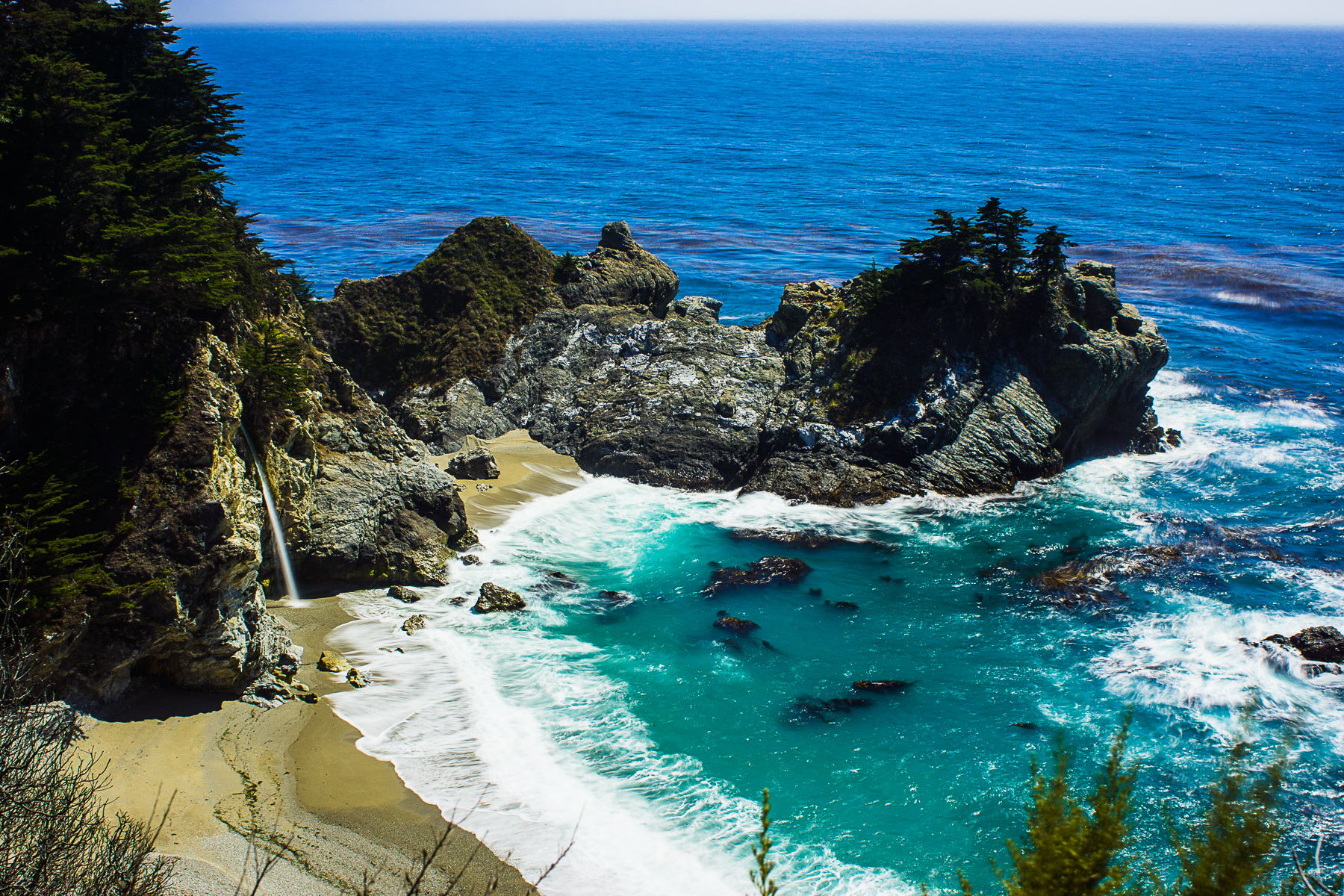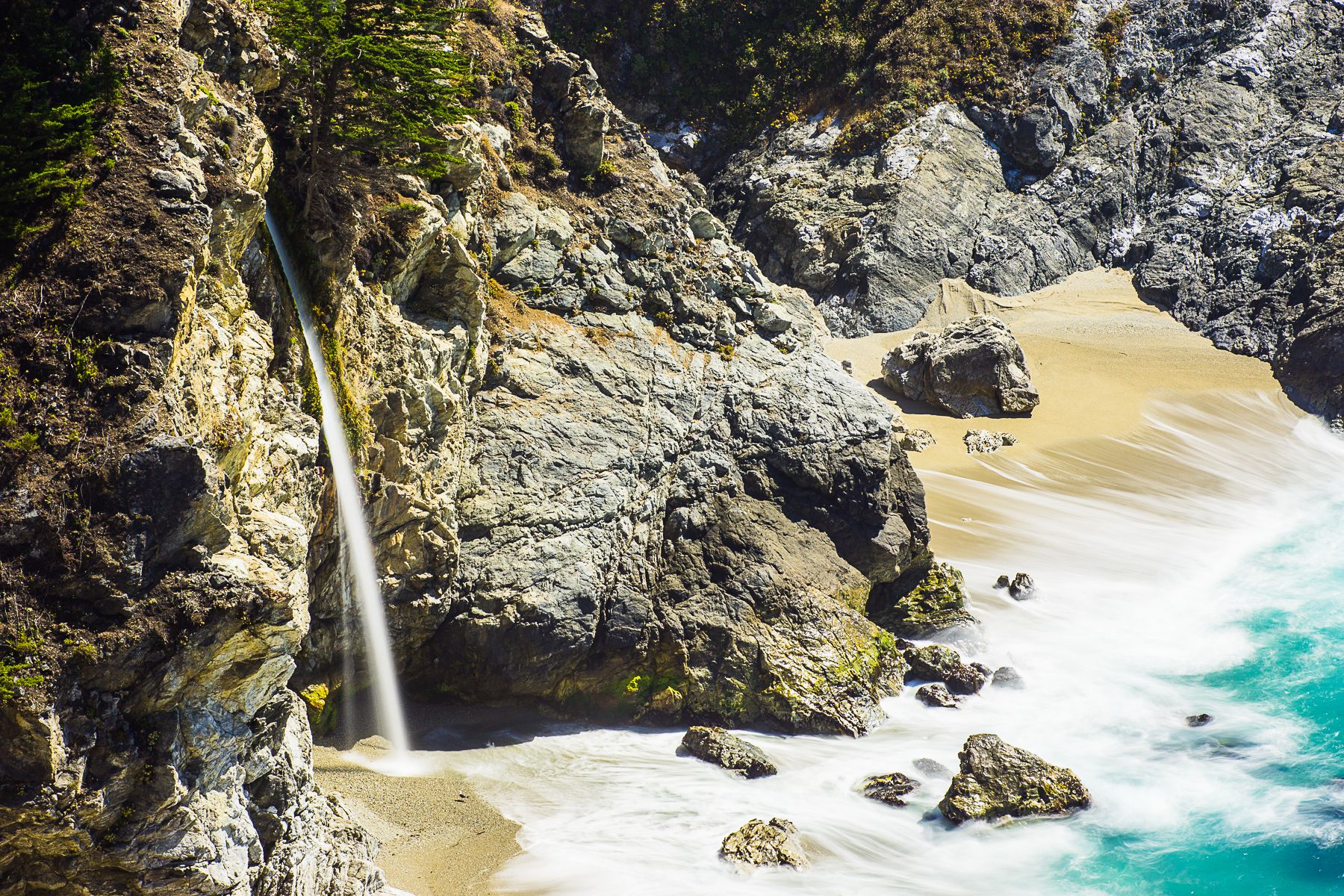Good afternoon,
So I was talking to a friend about cameras a couple of weeks ago and upgrading cameras came up. We went back and forth about the pros and cons of getting a new camera.
Some of the pros are obvious; newest/newer gear, more capability (ISO, dynamic range, aperture, focal length, etc). Some are not so obvious; increased desire to take photographs because of new equipment, needing to learn how to use the new gear,
The cons are a little simpler; cost, needing to learn how to use the new gear, possibly needing new software to work with the gear (primarily with cameras and raw conversion), researching equipment, compatibility issues with other gear, and some others that haven’t affected me personally.
Yes I know that learning “how to use it” is in both because it can be a blessing or a curse depending on where you are on the learning curve.
Granted my friend and I were discussing upgrading cameras specifically most of what we discussed applied to most upgrades. I heard it many years ago and still believe it today. Buy the best that you can comfortably afford. I did and I generally am upgrading my cameras every 6 to 7 years. I currently use a Sony a57 and an a77 tech from March 2012 and August 2011 respectively. Both of them are still serving me well, and some of my lenses are from the 80s. I believe that the newest (other than cameras) gear that I have is a flash made in the mid 2000s that does exactly what it is supposed to do.
For example with me I am looking at getting a new Sony camera that is full frame soon. My current lenses won’t fit it unless I purchase an adapter (a $300+ purchase), my flashes won’t fit the new camera and I would need to purchase an adapter or a new flash that will control the others wirelessly (I haven’t looked into it much it could potentially be a couple $100), I use lightroom to process raw files which and they switched to a service (additional $10/month), that isn’t even putting the cost of the camera in there yet which at it’s least expensive I have seen it around $1700. I looked into going full frame a couple of years ago but couldn’t justify the purchase with only a few gains. Increasing usable ISO, in my opinion, by 2 stops, and it being a full frame camera. The other changes were nominal to me. The camera I am looking at now is 3 stops of ISO, which to me makes it worth it.
My point is that there could be many factors to take into account with simply upgrading a camera. If you are upgrading flashes or lens some of this doesn’t apply. The idea of buying the best you can comfortably afford probably does though. Well built equipment can serve you well for years if not decades. What gear have you upgraded from.
~Scott
Some of the cameras I have upgraded from. A Vivitar that I had in elementary school, a family slide camera that I found in a desk at my Dads (my daughters later used it), a Minolta DSLR that is the same model that my Dad and Stepdad used when I was younger, and my first digital camera that I bought for a fishing trip to Baja.


